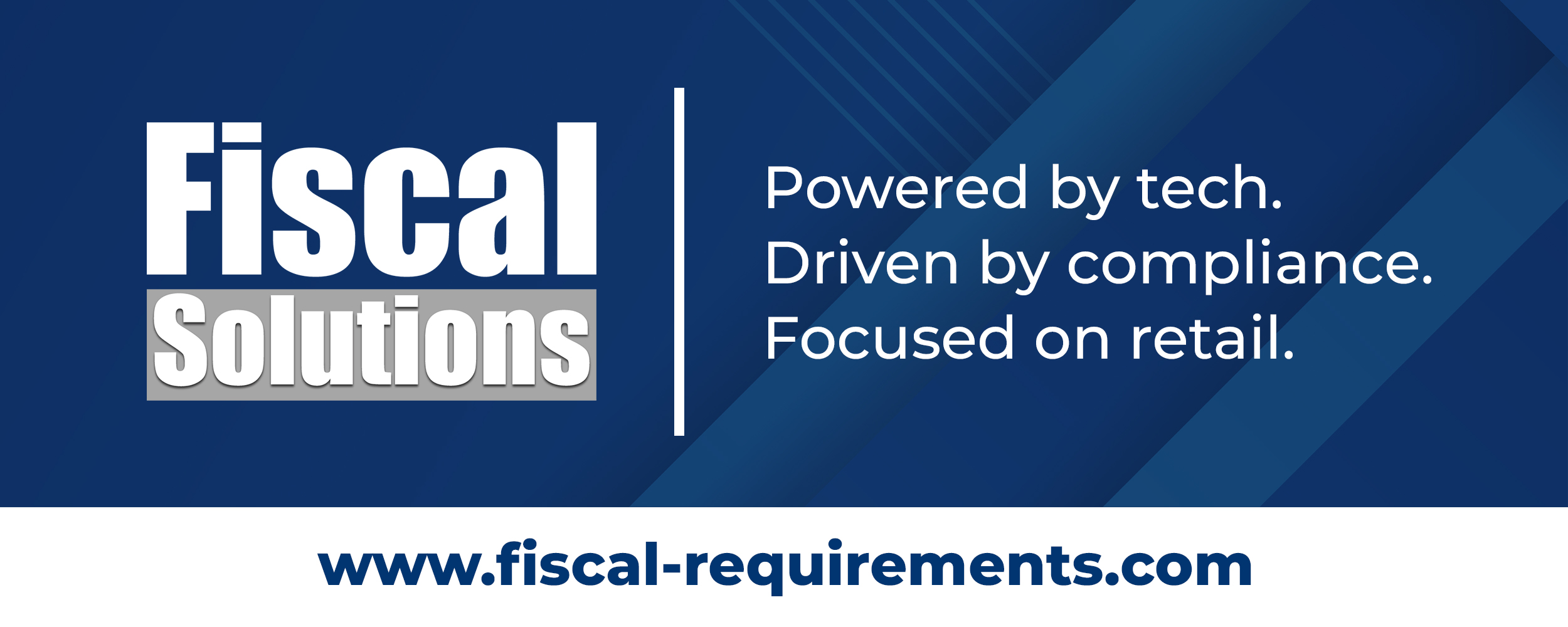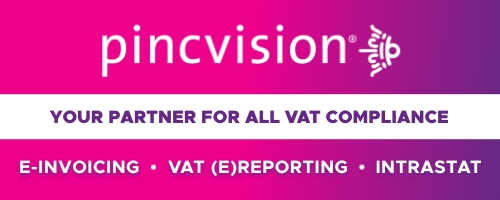What is VAT?
Value Added Tax (VAT) is a consumption tax charged on most goods and services consumed in the EU. The tax is levied on the ‘value added’ to the product at each stage of production and distribution. This means that VAT is charged when VAT-registered businesses sell to other businesses (B2B) or to the final consumer (B2C). VAT is intended to be ‘neutral’, in that businesses are able to reclaim any VAT that they pay on goods or services. Ultimately, the final consumer should be the only one who is actually taxed. Businesses are given a VAT identification number and have to show the VAT charged to customers on their invoices.
The VAT system in the EU is governed by a common legal framework: the VAT Directive. Each Member State is responsible for the transposition of these provisions into national legislation and their correct application within its territory. The Commission is responsible for ensuring the correct application of the VAT Directive.
Furthermore, VAT contributes significantly to national budgets that pay for schools, hospitals and other public services in EU Member States. It is also a source of revenue for the EU budget. It is therefore fundamental to work towards improving VAT collection and reducing the VAT Gap.
What is the VAT Gap?
The VAT Gap is the difference between the expected VAT revenue (or ‘VAT Total Tax Liability’ – VTTL) and the amount actually collected, in absolute or percentage terms. The VAT Total Tax Liability is an estimated amount of VAT that is theoretically collectable based on VAT legislation and ancillary regulations. Therefore, the 2022 VAT Gap results are estimates and should not be considered actual measurement of VAT revenues foregone.
In the context of the 2020 EU-wide figures, the amount of €93 billion represents revenues lost to:
- VAT fraud and evasion
- VAT avoidance and optimisation practices
- bankruptcies and financial insolvencies
- miscalculations and administrative errors.
While some revenue losses are impossible to avoid, decisive action and targeted policy responses could make a real difference, particularly when it comes to non-compliance.
What are the main findings of this year’s report?
- The overall VAT gap in the EU in 2020 was estimated at €93 billion or 9.1% of the total expected VAT revenues, a drop of approximately €30 billion compared to the revised 2019 figures. This drop can be explained by an increase in VAT compliance due in large part to the effect of government support measures introduced in response to the COVID-19 pandemic. However, the VAT Gap clearly remains an urgent problem, at a time when governments need sustainable revenues to help weather today’s economic uncertainty. Urgent action is therefore needed to mitigate these losses, especially since estimates suggest that around one quarter of the VAT Gap can be directly attributed to criminal VAT fraud.
- The COVID-19 pandemic led to 19 of 27 Member States experiencing a drop in VAT revenue due to the decrease in overall consumption during the various phases of lockdown. EU-wide revenue decreased by approximately €69 billion or approximately 7% of VAT total tax liabilities. This loss in revenue is also a direct consequence of temporary reductions in the VAT burden to mitigate the economic impact of the pandemic.
- Disparities between Member States remain. In 2020, the estimated VAT Gaps among Member States ranged from 1.3% in Finland, 1.8% in Estonia and 2% in Sweden, to 20.8% in Italy, 24.1% in Malta and 35.7% in Romania. In nominal terms, the largest gaps were recorded in Italy (€26 billion), France (€14 billion) and Germany (€11 billion).
What is being done at EU level to improve the VAT Gap?
The EU has recently taken a number of actions to improve VAT losses, in particular targeting VAT fraud. Member States have already agreed and begun to implement ambitious rules to increase cooperation and information sharing among Member States and with law enforcement agencies. The EU has also supported Member States in working better together in the ‘Eurofisc’ – a network where national anti-fraud officials from the EU and Norway can exchange information resulting from national risk analysis. This exchange leads to early, EU coordinated follow-up actions to stop the detected chains of fraud involving several Member States.
Since 2019, Eurofisc can also carry out central risk-analysis and actively use the Transaction Network Analysis (TNA) tool financed by the Union for rapidly exchanging and jointly processing VAT data so that they can automatically detect cross-border VAT fraud at a much earlier stage. From January 2024 onwards, another electronic analytic tool will become available to Eurofisc which will allow the network to track e-commerce VAT fraud by following data on international payments.
New VAT rules for online shopping also entered into force in 2021 which lifted the VAT exemption for parcels worth less than €22 from entering the EU – a measure that had been extremely susceptible to fraud worth €7 billion a year.
However more needs to be done in order to target VAT carousel fraud at its root. That is why, alongside the 2022 VAT Gap report, the Commission has today launched its proposals for VAT in the Digital Age which should make the system more resilient to fraud, by embracing and promoting tools made possible by the digital transition.
What methodology was used to calculate the VAT Gap?
The study derives the expected VAT revenues (VTTL) for each country from national accounts by mapping information on different VAT rates (standard, reduced and exemptions) onto data available on final and intermediate consumption, along with other information provided by Member States. This means that the quality of the VAT Gap estimates depends on the availability, accuracy and completeness of national accounts data.
When national accounts figures are reliable, the methodology is precise enough to estimate the VAT Gap. The main limitation of the methodology is the quality of the national accounts: collecting better data and relying less on estimations. Member States use different methodologies to estimate the informal economy and to reflect it in their national accounts, thus indirectly affecting the VAT Gap figures.
What causes such differences in the VAT Gap between the Member States?
Variations in the VAT Gap reflect the differences in Member States in terms of the scale of fraud, tax compliance, avoidance, bankruptcies, insolvencies and the performance of the tax administration, among others. The estimates also reflect structural differences in national economies and other variables. Indirect circumstances such as the organisation of national statistics could also have an impact on the size of the VAT Gap.
This year’s report notes that the number of tax administrations monitoring the gap in the EU has grown rapidly in recent years, with 15 Member States now regularly monitoring their VAT compliance gap.
What is the Policy Gap?
The Policy Gap is an indicator of the additional VAT revenue that a Member State could theoretically collect if it applied a uniform VAT rate on all consumption of goods and services supplied for consideration, which would lead to so-called notional ideal VAT revenues. The Policy Gap compares these notional ideal VAT revenues with the expected revenues in the actual current system which allows for reduced rates and exemptions (the VTTL).
The Policy Gap as defined above can in turn be broken down into the Rate Gap and the Exemption Gap. As the terminology suggests, the Rate Gap represents the potential revenue loss due to the existence of reduced rates, whereas the Exemptions Gap represents the potential revenue loss due to the existence of exempted supplies of goods and services.
The Exemption Gap, or the average share of ‘ideal revenue’ lost due to various exemptions is normally the larger of the two and stands at around 36% of the notional ideal VAT revenues in the EU on average. Countries with the highest Exemption Gap in 2020 were Spain (47%), Slovakia, Greece and Finland (all around 42%) while the lowest value was clearly observed in Malta (around 16%).
The largest part of Exemption Gap is composed of exemptions on services that cannot be taxed in principle, such as imputed rents, the provision of public goods by the government, or financial services. The remaining level of so-called ‘actionable’ Exemption Gap is about 6.5% on average.
The Rate Gap, on the other hand, ranges from a low of less than 1% in Denmark, to a high of more than 15% in Austria. The average is 9.9%.
For more information
Questions and Answers: VAT in the Digital Age
Factsheet on VAT in the Digital Age proposals
Factsheet on the VAT Gap 2022 report
More information on the DG TAXUD website on the 2022 VAT Gap report
Source: europa.eu















